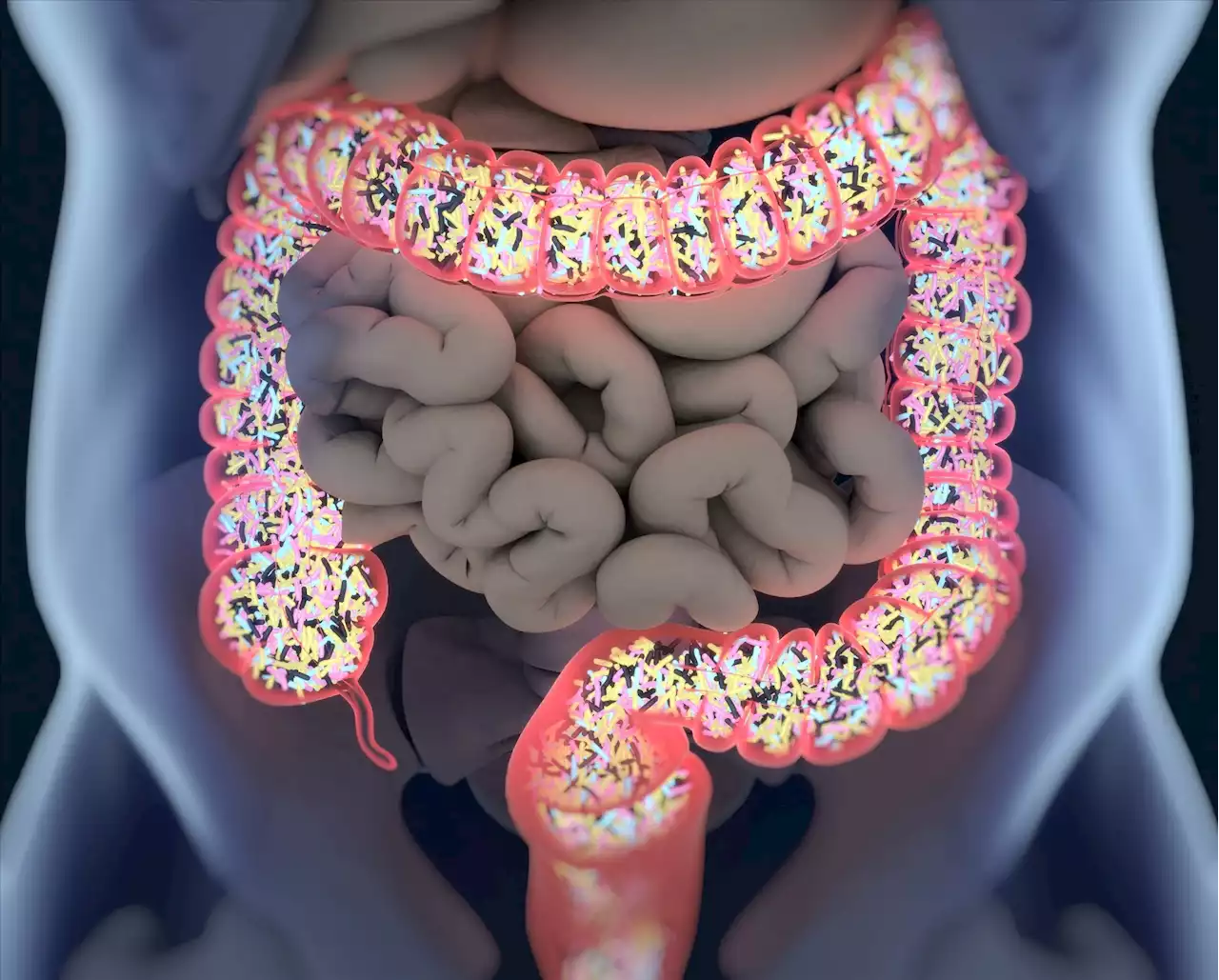Is there an association between residential proximity to fracking sites and birth defects? Yale YaleSPH fracking birthdefects association research pregnancy oil gas energy climatechange publichealth
By Dr. Liji Thomas, MDApr 19 2023Reviewed by Lily Ramsey, LLM A recent study to be published in the Environmental Research Journal explores the incidence of birth defects in children born to mothers residing within 10 km of fracking sites.
Introduction UOGD refers to the “extraction of oil and gas from previously inaccessible reservoirs through the use of directional drilling and high-volume hydraulic fracturing.”, according to the US Department of Energy, Environmental Protection Agency. Importantly, there is evidence of health risks associated with living near UOGD plants. The incidence of birth defects is relatively high, affecting five million babies worldwide and three in every hundred American babies.
Toxic chemicals in UOGD wastewater and fracking fluids include many associated with reproductive and embryological or developmental abnormalities, including heavy metals, polycyclic aromatic hydrocarbons, and aromatic organic compounds like benzene. In the current study, the data was taken from birth records with the Ohio Department of Health, including over 4,000 individuals; and from surveillance records, identifying ~2,300 individuals, with one or more of 19 types of congenital anomaly.What does the study show? The most common birth anomaly was hypospadias, followed closely by congenital heart disease and oral clefts. There were over 40,000 births to women living close to UOGD facilities, making up about 4% of the total cohort.
The odds for birth defects were higher among births to women living within 5 km of a UOGD plant and if the exposure was in the first trimester of pregnancy. The highest risk was associated with drinking water exposure.
Österreich Neuesten Nachrichten, Österreich Schlagzeilen
Similar News:Sie können auch ähnliche Nachrichten wie diese lesen, die wir aus anderen Nachrichtenquellen gesammelt haben.
 Study links poor diet to 14 million cases of type 2 diabetes globallyA research model of dietary intake in 184 countries, developed by researchers at the Friedman School of Nutrition Science and Policy at Tufts University, estimates that poor diet contributed to over 14.1 million cases of type 2 diabetes in 2018, representing over 70% of new diagnoses globally. The analysis, which looked at data from 1990 and 2018, provides valuable insight into which dietary factors are driving type 2 diabetes burden by world region. The study was published April 17 in the journal Nature Medicine.
Study links poor diet to 14 million cases of type 2 diabetes globallyA research model of dietary intake in 184 countries, developed by researchers at the Friedman School of Nutrition Science and Policy at Tufts University, estimates that poor diet contributed to over 14.1 million cases of type 2 diabetes in 2018, representing over 70% of new diagnoses globally. The analysis, which looked at data from 1990 and 2018, provides valuable insight into which dietary factors are driving type 2 diabetes burden by world region. The study was published April 17 in the journal Nature Medicine.
Weiterlesen »
 Two brain networks are activated while reading, study findsWhen a person reads a sentence, two distinct networks in the brain are activated, working together to integrate the meanings of the individual words to obtain more complex, higher-order meaning, according to a study at UTHealth Houston.
Two brain networks are activated while reading, study findsWhen a person reads a sentence, two distinct networks in the brain are activated, working together to integrate the meanings of the individual words to obtain more complex, higher-order meaning, according to a study at UTHealth Houston.
Weiterlesen »
 Coco Capitán’s Gentle Study of Teenage Life in Kyoto, JapanThe photographer’s latest series Ookini – which means ‘thank you’ in the Osaka dialect – is a brief insight into what it means to be young in Kyoto today. Here, she talks about the project
Coco Capitán’s Gentle Study of Teenage Life in Kyoto, JapanThe photographer’s latest series Ookini – which means ‘thank you’ in the Osaka dialect – is a brief insight into what it means to be young in Kyoto today. Here, she talks about the project
Weiterlesen »
 Study finds sugary beverages increase dementia risk, while natural juices may help prevent itStudy finds sugary beverages increase dementia risk, while natural juices may help prevent it dementia sugarybeverages naturaljuices brainstructure healthylifestyle prevention juice AJCNutrition
Study finds sugary beverages increase dementia risk, while natural juices may help prevent itStudy finds sugary beverages increase dementia risk, while natural juices may help prevent it dementia sugarybeverages naturaljuices brainstructure healthylifestyle prevention juice AJCNutrition
Weiterlesen »
 Study indicates that the planetary health diet increases probiotic-associated bacteria in the gut microbiomeStudy indicates that the planetary health diet increases probiotic-associated bacteria in the gut microbiome Nutrients_MDPI LstSaar diet planetaryhealthdiet health nutrition microbiome microbiota bacteria gutmicrobiome guthealth
Study indicates that the planetary health diet increases probiotic-associated bacteria in the gut microbiomeStudy indicates that the planetary health diet increases probiotic-associated bacteria in the gut microbiome Nutrients_MDPI LstSaar diet planetaryhealthdiet health nutrition microbiome microbiota bacteria gutmicrobiome guthealth
Weiterlesen »
